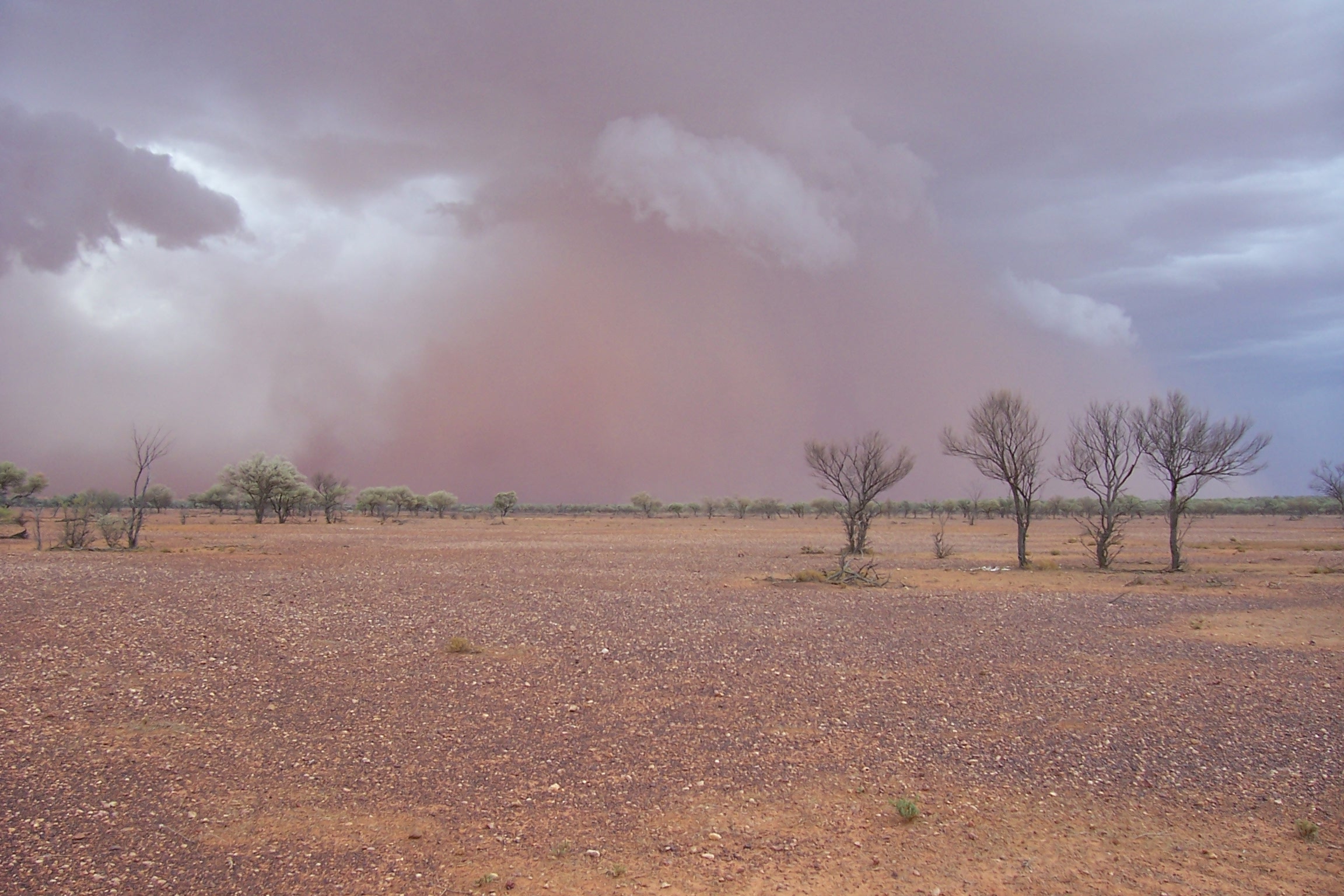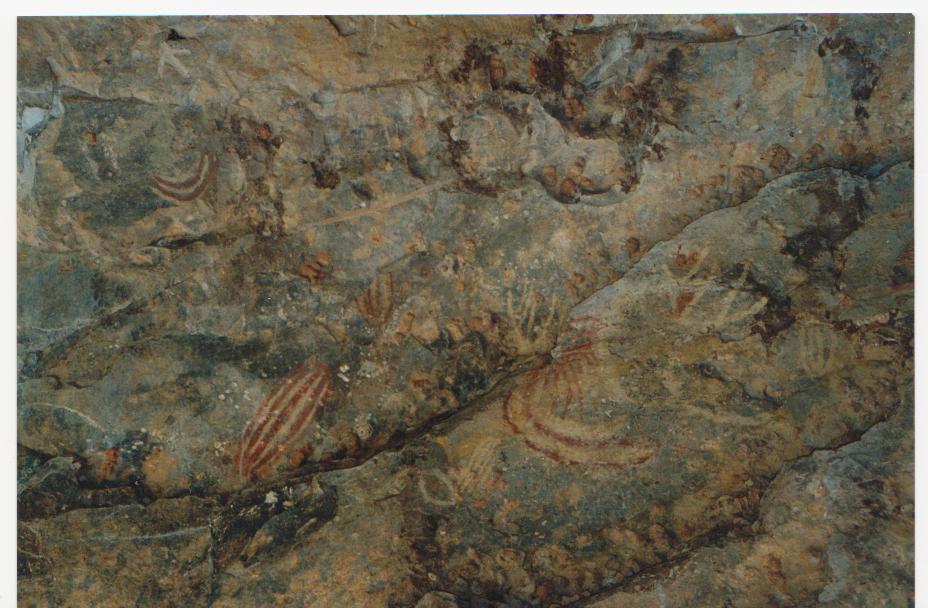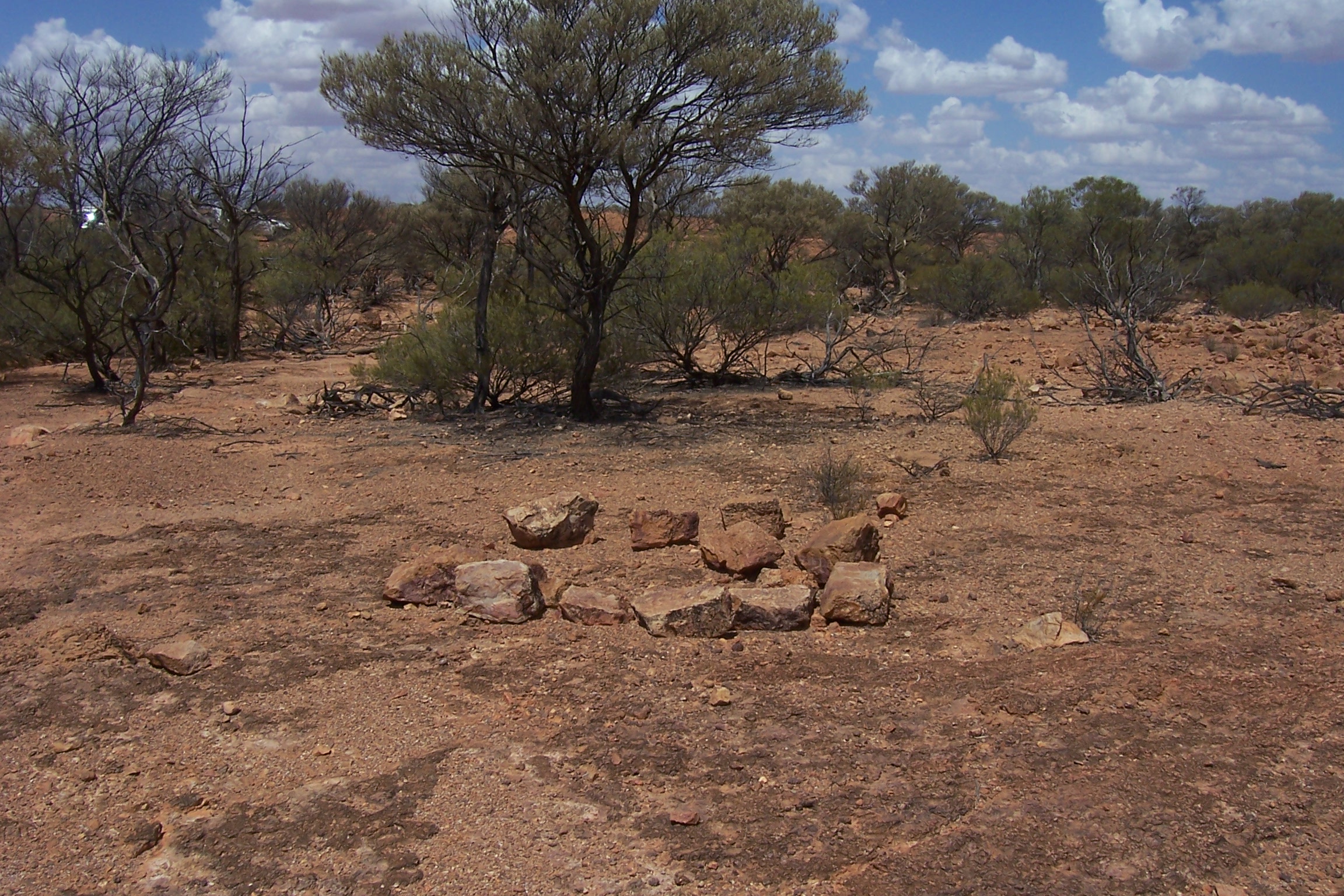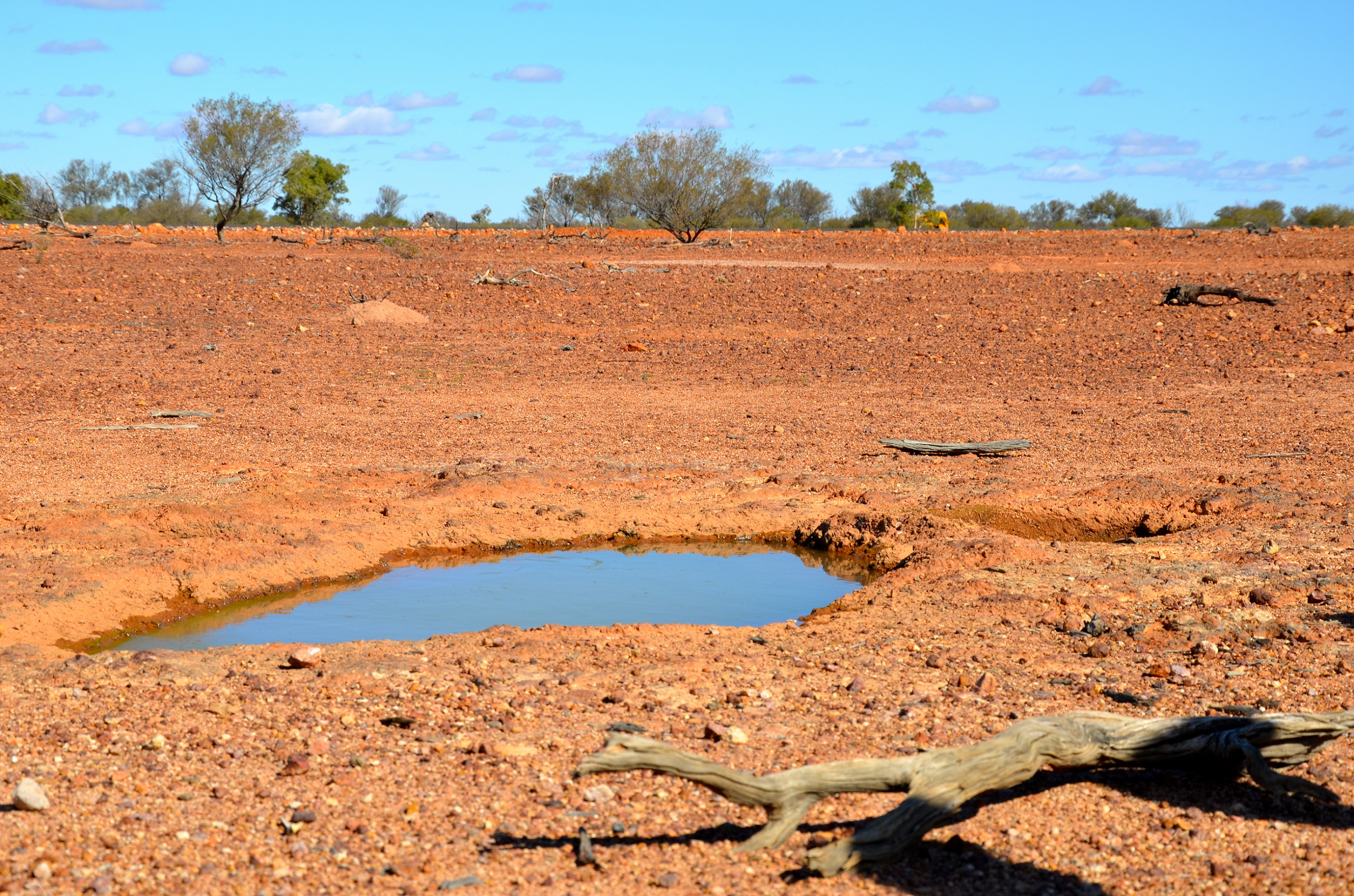Boonthamurra Country is an arid landscape of sand dunes and gravel plains, shaped by the vast floodplains of Cooper’s Creek and the Barcoo River channels which are lined by varieties of gidyea, mulga, and eucalypt. It spans from the Cheviot Range in the north west, following the Grey Range south to Conbar Station and the headwaters of the Wilson River, then north along the McGregor Range to Plevna Dows and Mt Howitt stations, and following the eastern banks of Cooper Creek up to the vicinity of Windorah, from where it joins the Cheviot Range again, just south of the Barcoo River.

Our Lands and Waters
Boonthamurra Country encompasses sections of the Quilpie and Barcoo Shire Council regions, and includes the township of Eromanga. It covers an area of 23,406 square kilometres in the South West of Queensland. This area contains a number of culturally and environmentally significant landscapes, which the Boonthamurra people have taken care of for thousands of years.
Of particular importance to Boonthamurra people, is Kyabra Creek which acts as a large ceremonial ground as well as offering a watering hole often used for fishing. Elder Barbara Olsen maintains that “Kyabra Creek was important to the old people as a camp area and place of gathering for all the Boonthamurra People for ceremonies and cultural events.”
The area now known as Thylungra is also a significant area for the Boonthamurra people. It was home to a corroborree ground, a large campsite and another watering hole which was a popular fishing spot for Boonthamurra people. Many mura, or Dreaming stories and song lines, originated from this area, including the story of the Travelling Emu.
A rock art site on Trinidad Station presents an important visualisation of these mura. Ancient paintings of hand stencils and paintings of kangaroos decorates the rock face, telling stories of Boonthamurra ancestors and traditions that existed there before the land was allocated as part of a pastoral lease.

Cultural Connection to Country
Boonthamurra people maintain a strong spiritual connection to their country through the protection and visitation of sites such as ceremonial grounds at Thylungera, rock art in the Cannaway Range, and stone formations representing a snake mura at Plevna Downs, men’s and women’s grounds, waterholes, and many other places of significance. Smoking ceremonies are an important cleansing ritual still performed today in the belief that the country is animated by spirits, including those of ancestors or ‘Old People’.
Boonthamurra people continue to camp on their country, and to fish, hunt, and gather traditional foods and medicines. When doing so, Boonthamurra people make sure they observe the proper behavior taught to them by their families, which is to never take more than needed, and beforehand, to let the ‘Old People’ know who you are and why you are there.
Boonthamurra people especially enjoy fishing for crayfish, mussels, yellow-belly, black bream, catfish, and bony-bream, as well as hunting kangaroo and emu, and gathering mulga apple, wild oranges, passionfruit, and yams, to name just a few of the many resources available on country for those with traditional seasonal knowledge.
Another important aspect of Boonthamurra people’s modern-day connection to country is the protection and maintenance of cultural heritage. This can include a variety of culturally significant objects or areas, including ceremonial sites, artefacts and burial grounds. Boonthamurra people regularly ‘walk’ their country, in areas that are designated for activities such as mining or construction by local councils. As they walk, they identify cultural heritage that needs to be protected or areas that must be avoided. The Boonthamurra Native Title Aboriginal Corporation is responsible for negotiating Cultural Heritage Management Agreements with proponents who wish to engage in certain activities within Boonthamurra Country.

Regional Connections
The peoples of the Lake Eyre Basin, aside from being connected linguistically and geographically (via the rivers and their tributaries flowing into the basin) were also connected culturally, through the sharing of Mura stories, ceremonies (including initiations and other gatherings), intermarriages, and trade of goods like ochre and pituri.
Mura stories are related to Central Australian ‘dreaming tracks’. They are narratives that detail the actions of ancestral beings also called mura, who shaped and named the country as they traveled across it. These mura beings usually take animal form, such as that of an emu or great serpent, but might change into or display human characteristics. Sometimes, muras are human, or even natural phenomenon such as rain. The travels of the mura are the main feature of these stories, with the tracks spanning a number of linguistic and territorial boundaries, and creating strong ritual links between groups of people sometimes quite a distance apart, who came together to ‘sing’ the mura.
Boonthamurra people were in this way connected to their immediate neighbours, such as the Wangkumara, Kullilli, Mardigan, and Mithaka people, as well as people from further away, like the ‘corner country’ of New South Wales, South Australia, and Queensland.


